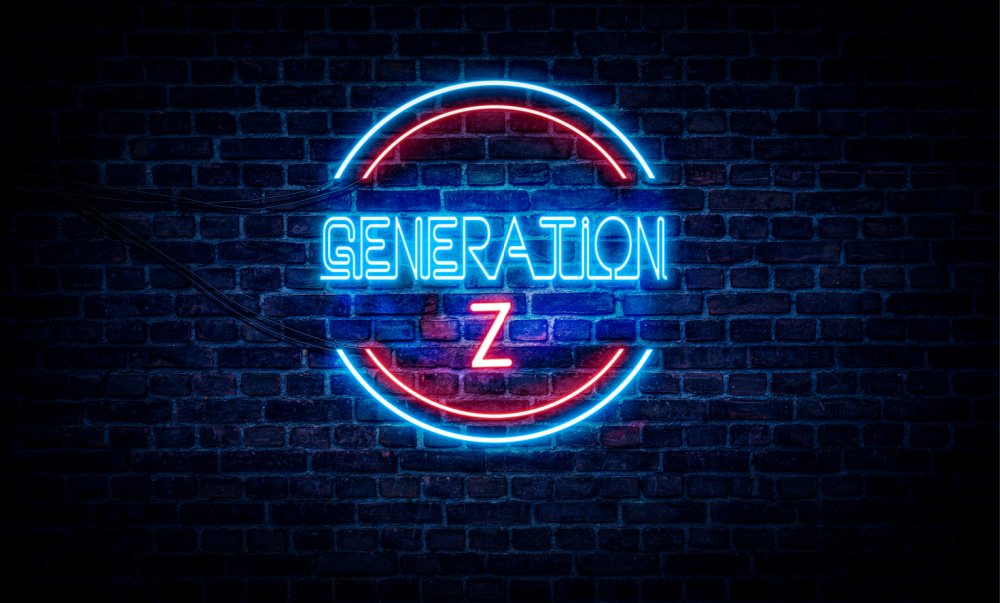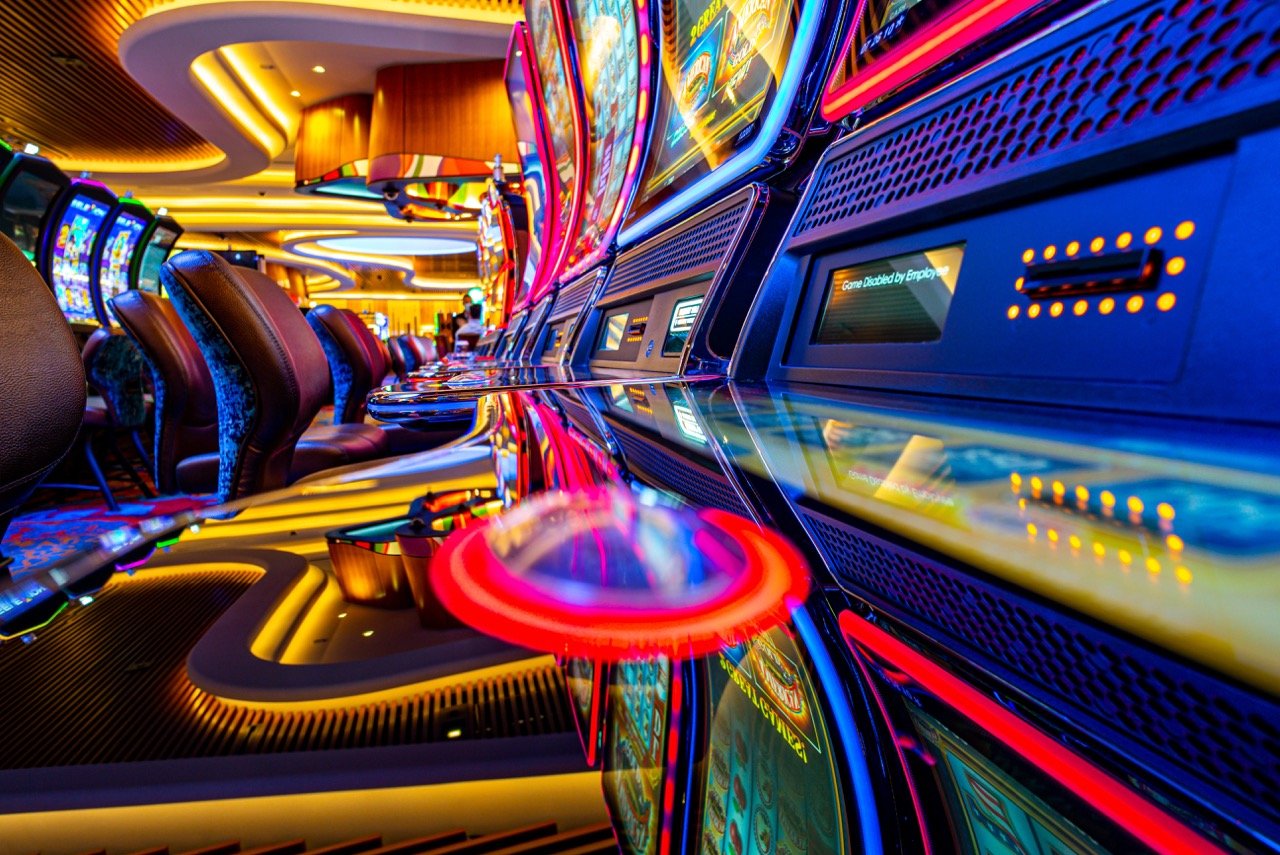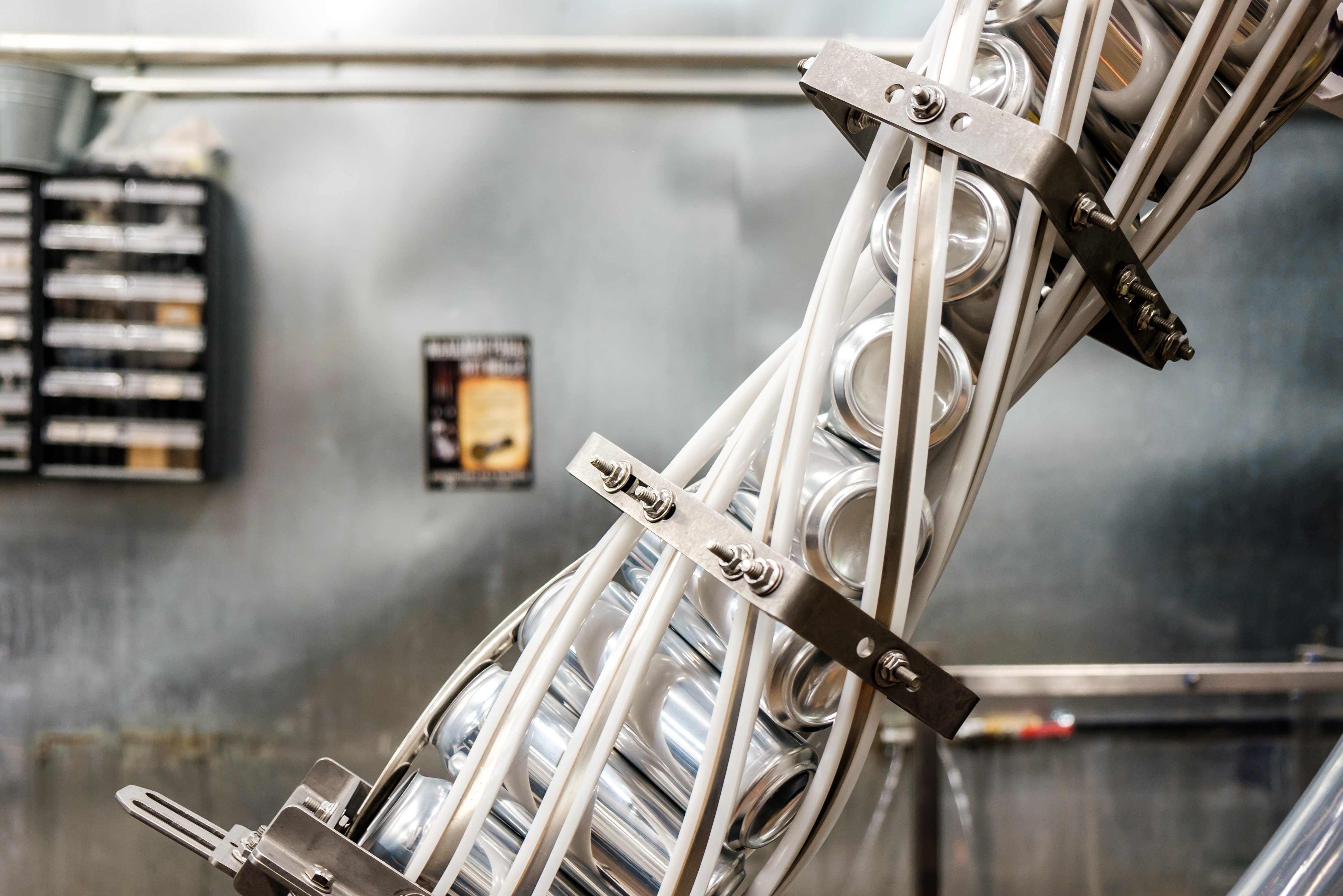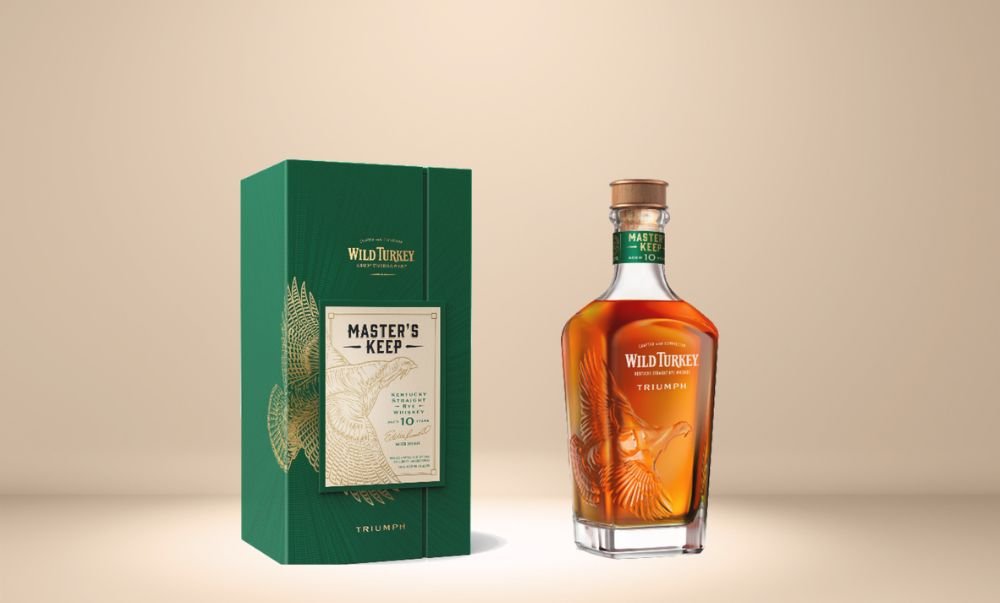Recent IWSR data reveals a significant proportion of LDA Gen Z are avoiding alcohol entirely, although this trend varies between regions.
The relationship between alcohol and younger Gen Z consumers of legal drinking age is evolving significantly differently than older generations. They are showing a growing trend of moderation, experimentation with new alcohol categories, and a shift away from traditional, high-volume alcohol options.
Ongoing consumer tracking data from IWSR reveals that, in specific key markets, a substantial portion of younger legal-drinking-aged consumers are now opting to abstain from alcohol altogether, although there are notable variations between different countries.
Among the 15 key markets examined (Australia, Brazil, Canada, China, France, Germany, India, Italy, Japan, Mexico, South Africa, Spain, Taiwan, UK, US), Japan stands out with the highest level of abstention among Generation Z (aged 18-26) consumers, with 63% reporting that they haven't consumed alcohol in the past six months. This is followed by the US at 54% and Canada at 44%.
In all three cases, rates of abstention among Generation Z consumers surpass those of the total adult population in their respective markets, although Generation Z is underrepresented in the US and Canada due to higher legal drinking age requirements.
Richard Halstead, COO Consumer Research at IWSR, said, "A surprisingly large portion of younger legal drinking age communities are now choosing to abstain from alcohol altogether. This is particularly evident in Japan and North America, but the trend of moderation is also gaining ground in other markets across Europe, Asia, and Australasia."
Meanwhile, Generation Z consumers who do partake in the alcohol beverage category are changing the way they engage with alcohol. They are notably underrepresented in conventional, high-volume categories like beer and wine and are overrepresented in ready-to-drink cocktails (especially in the US and Canada), cocktails based on white spirits, liqueurs (especially in Spain), and aperitifs.
IWSR's consumer tracking also reveals that younger adult drinkers are now the driving force behind cocktail culture in markets with high cocktail consumption rates, such as India, Mexico, South Africa, Brazil, the US and Italy.
In contrast to Millennials, who tend to experiment with whiskey-based mixology, Generation Z consumers currently exhibit a stronger preference for cocktails based on white spirits.
Despite these global trends, Generation Z preferences are influenced by regional and market-specific factors.
In the US and Canada, Generation Z is underrepresented due to higher legal drinking age requirements and lower participation in alcohol consumption. However, in both markets, Generation Z has been buying less alcohol in terms of volume, but they claim to spend more when making a purchase.
In Europe, trends vary, but significant markets generally show reduced volume momentum for Generation Z consumers, with increased spending noted in France, Germany, and Italy. Spain remains neutral, and the UK reports decreased spending. In the UK, the only positive movement is seen in up-tempo social drinks, such as Champagne and vodka. Other trends include trading up to sparkling wine in France and Germany and isolated growth areas like beer in Germany and ready-to-drinks in France.
In Asia, Generation Z behaviour is more aligned with the overall markets, with increased volume and spending in China, India, and Taiwan. In China, Generation Z consumers consume more beer, plum wine, huangjiu (rice wine), grape-based wine, and US whiskey, though they show signs of moving away from the baijiu category. Spending is up, except for beer, where it remains stable.
Richard Halstead notes, "It's important to recognize that it's still early days for Generation Z drinkers in the alcoholic beverage market, and continuous monitoring of their behaviour is necessary to observe how their preferences evolve. However, some of their behaviours, such as reduced alcohol consumption, a preference for cocktails and premium beverages, are also evident in the preceding generation known as Millennials (aged from their late 20s to early 40s)."
In broad terms, this suggests that the beverage alcohol industry is likely to rely more on premium, must-have beverages, including those with low or zero alcohol content, presented in memorable settings and packaging. As a result, beverage alcohol businesses may find it increasingly challenging to achieve commercial success with low-value, mass-market products unless they are the lowest-cost producers and/or have a strong presence with older, established audiences.
Share the content










